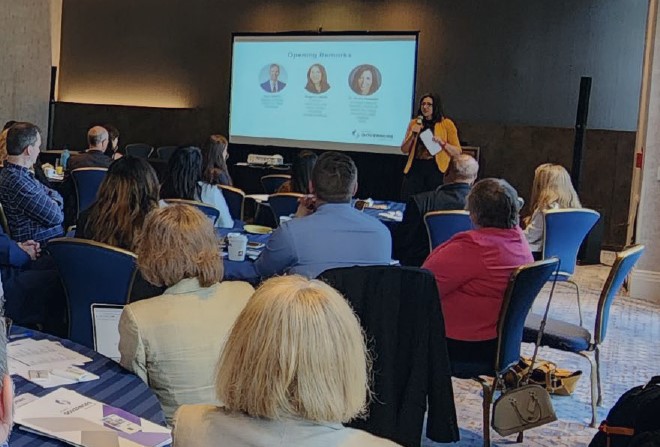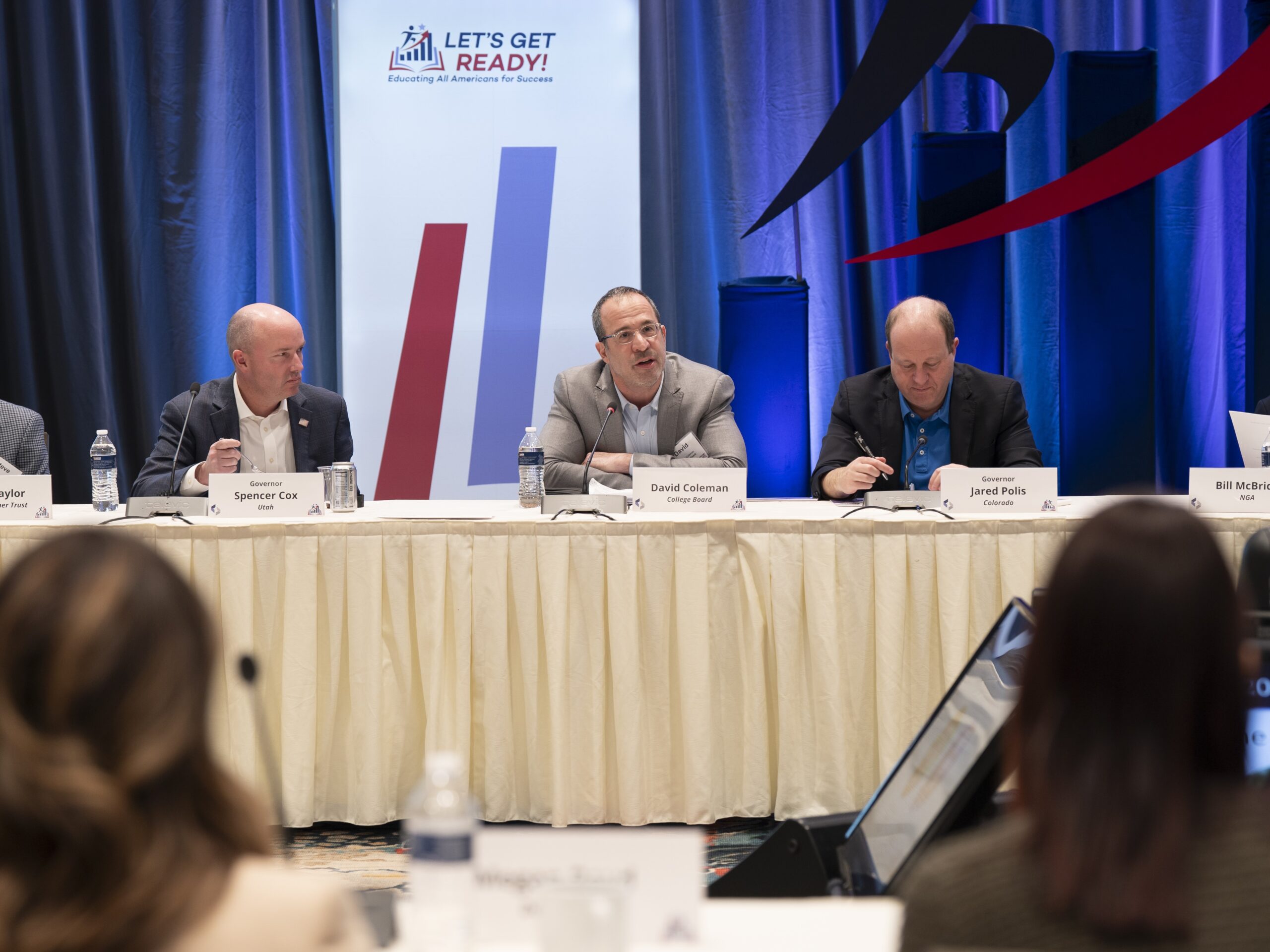During a six-month Learning Collaborative, NGA is supporting five states—Kentucky, Ohio, South Carolina, Vermont, and Wisconsin—in their action planning to expand the scope of emergency medical services (EMS) as a mechanism to help prevent overdose and support individuals with substance use disorders. This effort is part of NGA’s work with the CDC to prevent and address substance use issues by supporting Governors’ offices with evidence-informed best and promising practices that promote behavioral health and protect their constituencies.
State Goals
Kentucky
- Identify evidence-based policies, procedures, and strategies that support local adoption of innovative overdose response models across the state, including EMS-administered buprenorphine and community paramedicine.
- Identification of metrics that gauge long-term impact and sustainability, including but not limited to reducing response times, improved patient outcomes, and increased community resilience.
- Creation of a multi-disciplinary, multi-agency team responsible for planning statewide expansion of EMS-administered buprenorphine and community paramedicine response models.
- Establishment of centralized committee in Kentucky focusing on overdose response coordination and data sharing among EMS and other relevant stakeholders.
- Development of an action plan that will guide the systemic development and implementation of EMS-administered buprenorphine and community paramedicine response models.
Ohio
- Develop local and regional networks between EMS agencies, mobile integrated healthcare teams, mobile community mental health teams, and opioid recovery centers to create effective buprenorphine bridge programs.
- Identify actionable bridge program models and best practices that align with the available public and private resources within the state’s rural, suburban, and metropolitan communities.
- Facilities the ability of EMS to empower communities to support opioid addiction treatment programs, SUD prevention measures, and naloxone administration by laypersons.
South Carolina
- Continue to build on established relationships between EMS, Department of Alcohol and Other Drug Abuse Services, South Carolina Fire Academy, and law enforcement community to expand existing overdose prevention efforts and develop new, evidence-based strategies.
- Establish EMS overdose prevention program in all 46 counties.
- Embed peer counselors and mental health providers from existing treatment centers with local EMS providers to work in the field together. This could include cross-training paramedics as certified peer or substance use counselors.
- Emulate successful statewide EMS-administered buprenorphine programs and begin to incorporate them into the state’s opioid strategic plan.
- Identify strategies and funding streams to alleviate the costs of naloxone, which are disproportionality borne by local EMS providers.
- Encourage insurance, both CMS and third-party payors to pay for EMS transportation to alternative destinations.
- Involve local EMS agencies in local youth education programs that focus on mentoring and on substance misuse and abuse education.
Vermont
- Expand naloxone leave-behind programs to establish a linkage-to-treatment mechanism.
- Launch a pilot EMS-administered buprenorphine program, with the potential for statewide expansion upon success.
- Establish collaborative networks with EMS, emergency departments, peer recovery organizations, and opioid treatment programs to facilitate comprehensive care access for MOUD.
- Secure federal, state, and local funding to sustain and advance these initiatives.
- Host a summit on overdose response initiatives during the annual statewide EMS conference.
Wisconsin
- Learn about EMS policies and practices for leave-behind programs (naloxone, fentanyl test strips, program materials) from national, state, and local experts.
- Identify necessary components to expand leave-behind programming across Wisconsin.
- Build the foundation for statewide expansion of naloxone leave-behind programming.













